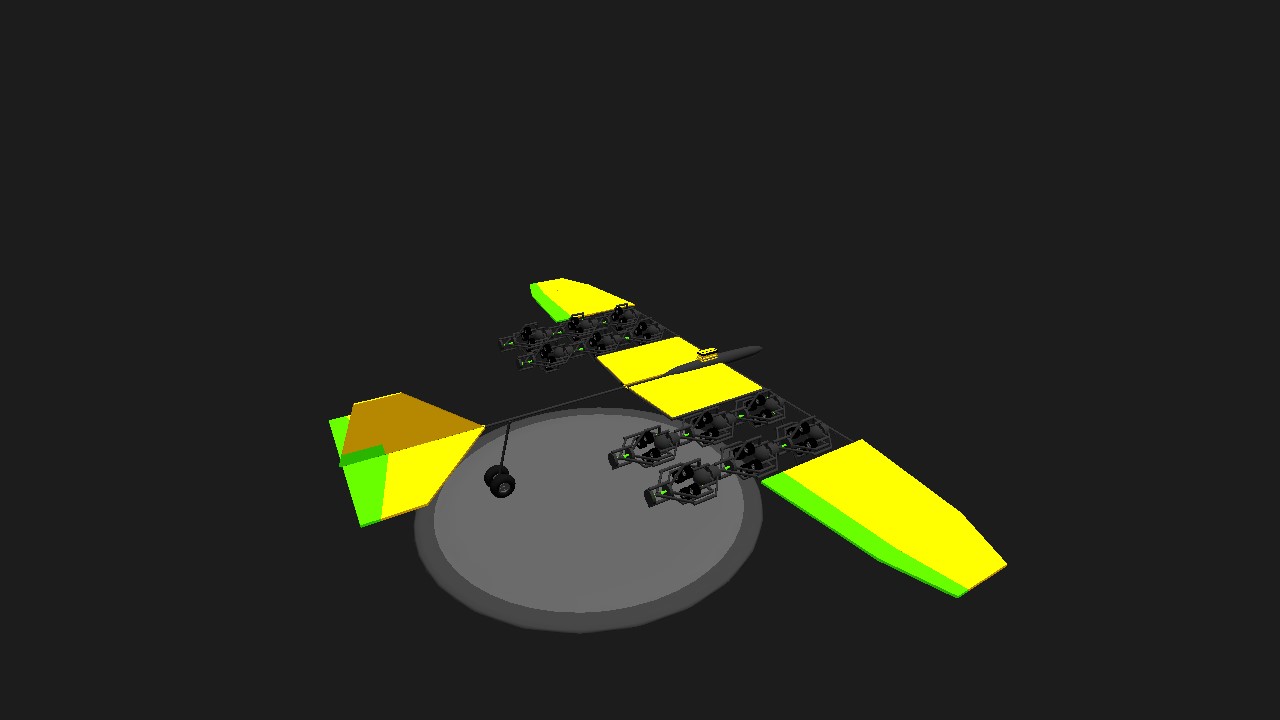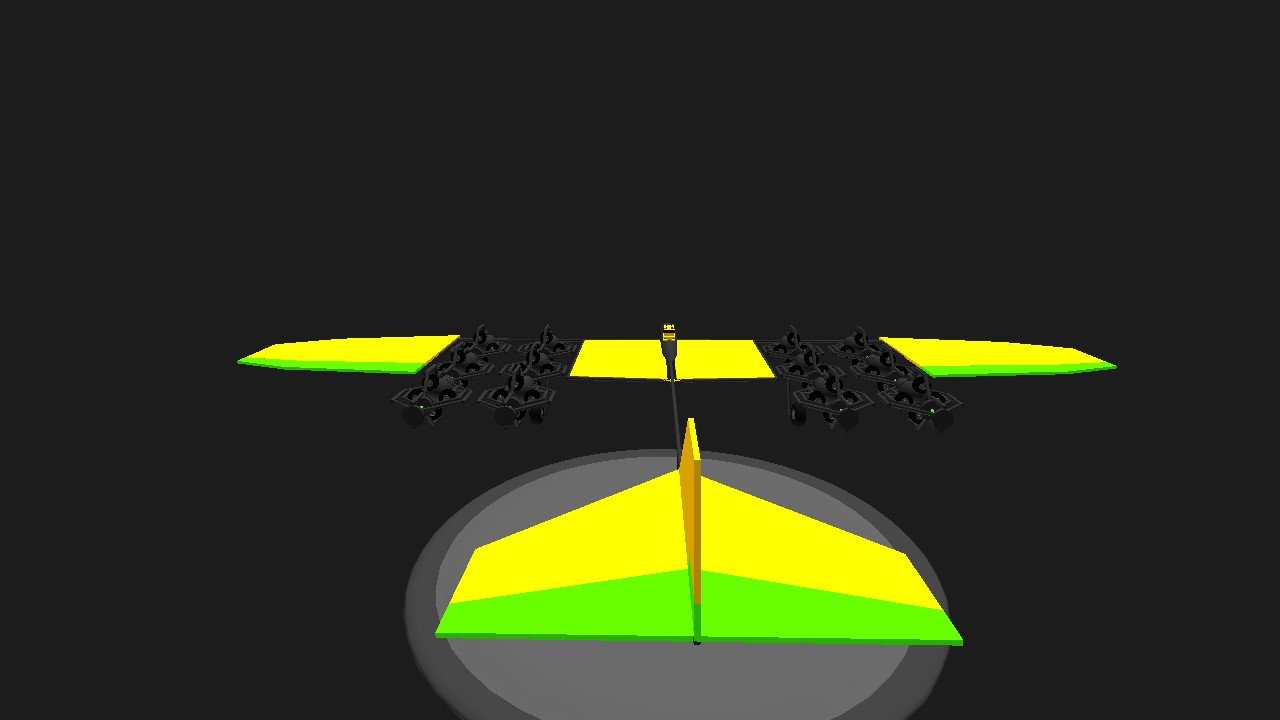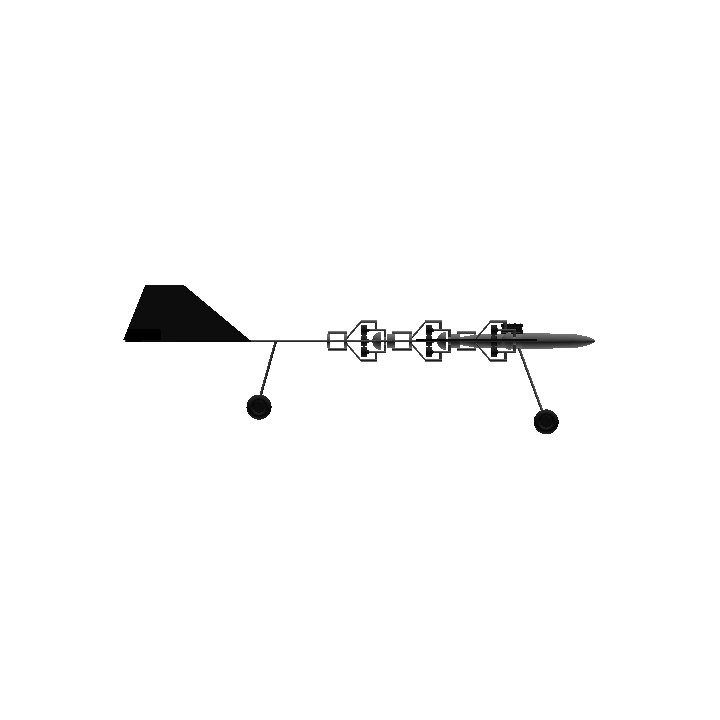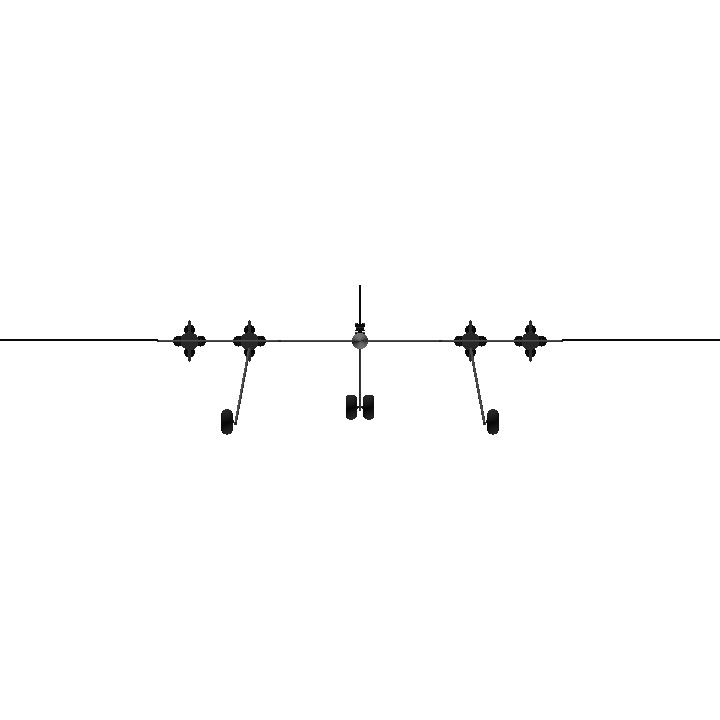Aircraft by/Credits to: DOX
Link to the original plane:https://www.simpleplanes.com/a/HlDxve/engine-to-prop-based-on-LimitedShelf568-plane
airplane with only car engine
As a result, the engine can fly without rotors
Maybe like I guessed, it's moving forward through the reaction force
Although it is not possible to counteract the automatic return in flight caused by the reaction force by adding reversing wheels inside the engine, it can counteract the reaction force by adding the same number of engines at close range.
However, too many engines will cause the aircraft to shake more violently, and it is easy to lose parts in flight. This shaking cannot even be eliminated by the shock absorber.
However, if these engines are hard-wired to the fuselage, the forward speed can be accelerated from 0mph to 300mph in a few seconds, but the premise is that no engine parts are lost.
other car engine aircraft-
The first plane
v1
the last don't working plane
v3
the best working plane
v5
the last working plane
v6 Aircraft on this page
Specifications
General Characteristics
- Predecessor engine to prop (based on LimitedShelf568' plane)
- Created On Android
- Wingspan 107.7ft (32.8m)
- Length 70.6ft (21.5m)
- Height 22.2ft (6.8m)
- Empty Weight 21,884lbs (9,926kg)
- Loaded Weight 28,363lbs (12,865kg)
Performance
- Wing Loading 18.4lbs/ft2 (90.0kg/m2)
- Wing Area 1,538.6ft2 (142.9m2)
- Drag Points 22309
Parts
- Number of Parts 671
- Control Surfaces 7
- Performance Cost 3,897







@SpiritusRaptor It's a collision, or a reaction force, etc., but what is certain is that he can take off without using the rotor, which is different from the original idea of using friction to drive the rotor and make the plane move forward.
If there is no propeller then what makes the thrust?